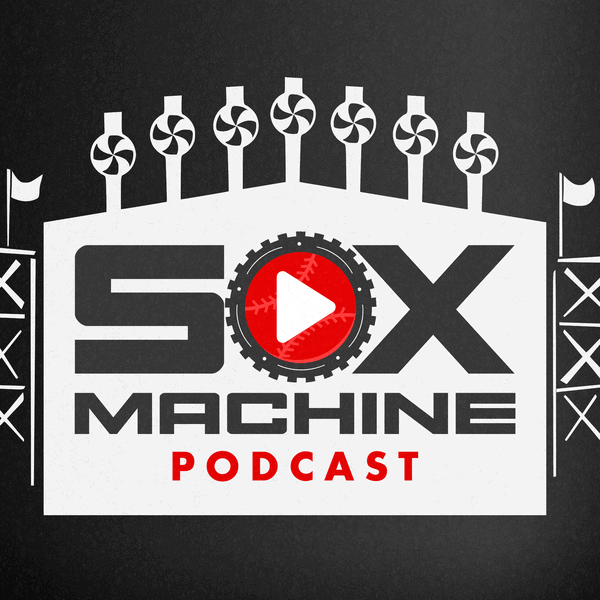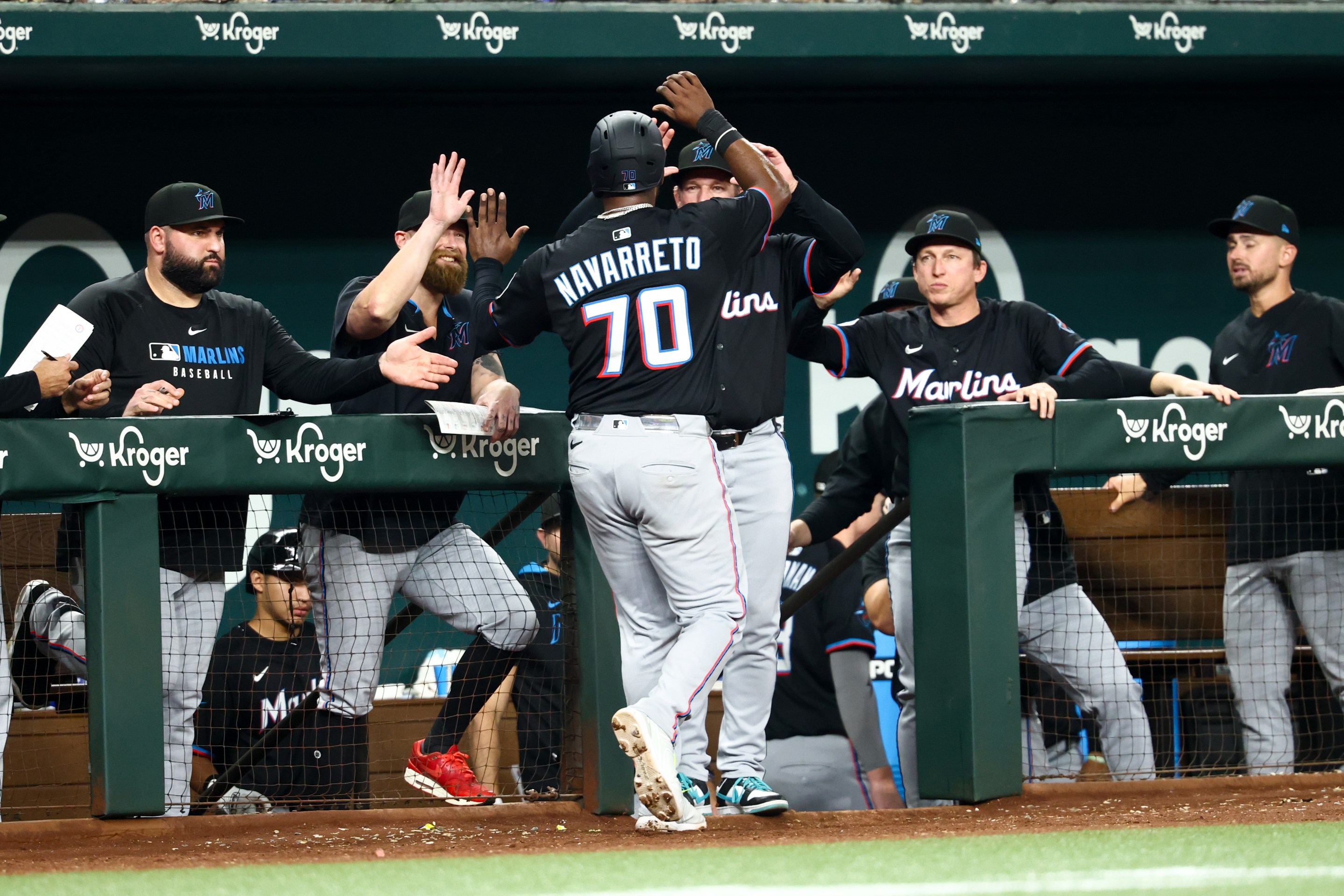One of the big stories this postseason has been home runs: more specifically, fewer than many expected, given how 2019 seemed to be Year of the Dinger. On October 10, Rob Arthur of Baseball Prospectus used Statcast data to conclude that the drag coefficient of the ball during the Divisional round was higher than it had been in several years.
Following up on Arthur’s research, Ben Lindbergh of The Ringer asked MLB about it, who released this not-super-convincing statement:
“The baseballs used in Major League Baseball are manufactured in batches. Balls that are used in the Postseason are pulled from the same batches as balls used in the regular season. Regular season and Postseason balls are manufactured with the same materials and under the same processes. The only difference is the Postseason stamp that is placed on the ball. As has been previously acknowledged, however, the drag of the baseball can vary over different time periods.”
The drama has continued, too: the Cardinals’ analytics department concluded that the playoff ball wasn’t the same as the one used in the regular season:
Whatever the case may be, baseball has a problem on its hands. The postseason is baseball’s moment to shine: this is the time of the year that the sport captures the attention of the casual fan, as well as those who may not watch the regular season at all; unfortunately, it hasn’t been the play on the field driving the narrative, but the equipment itself. For (what has become) a regional sport trying to attract more viewers, the intense focus on the “ball” part of baseball is less than ideal.
Spare Parts
There have, of course, been other times in which the ball has created controversy and conspiracy.
“There is so much admissible evidence that the l987 baseball is a souped-up specimen, providing more bounce to the ounce than any ball ever issued to the major leagues. Slap hitters have turned bashers and are swatting balls over fences.”
In 1987, eyebrows raised as home runs flew out of the park at an unprecedented rate. Indeed, if one looks at Baseball Reference this was the first season in which teams averaged more than one home run per game (in addition to a variety of offensive categories), at a ratio of 1.06; the year before it was .91/game. It would return to lower levels the very next season.
On the flip side, Frank Deford of SI was skeptical, citing smaller strike zones, better weather, better athletic conditioning, and uh, the “yuppie and DINK crowd”:
“What did you expect from the yuppie and DINK crowd? The last incredible generation of pitchers—Gibson, Marichal, Koosman, Seaver, Palmer, Sutton, Hunter, John, Jenkins, Carlton, Tiant, the Perrys and the Niekros—was the product of that postwar time when traditional philosophy still prevailed: discipline and dedication, the Protestant ethic and the commitment to the long haul.”
If you followed the Baseball Reference link above, you might have noted that home run rates not only were lower the next season, but the season after that as well. Enter 1989, the year of the Tortoise Ball:
“The era of the so-called rabbit ball lasted one season. Suddenly, mysteriously, the life force seeped out of the spheroid in 1988. Either that or players unlearned everything they knew about hitting. Home run totals plunged dramatically. Batting averages slipped to their lowest levels of the decade. The pendulum swung, violently.”
*** *** ***
- X-15 Rabbit Ball is Discontinued - AP Press (3/25/1970)
Whether or not you subscribe to current or past conspiracy theories regarding secret tampering on the part of Major League Baseball, there was a moment in baseball history where MLB was intentional and public about a possible change to the ball. Following concern with the low scoring during the 1968 season, baseball not only changed the mound and strike zone in 1969, they considered changing the ball, too. Enter (and quickly exit) the Spalding X-5/X-15 ball, which was 5% livelier than the standard and introduced during Spring Training of 1970:
“In New York, the commissioner said the ultra-lively baseballs, previously used in 22 Wednesday games and widely criticized as hazardous after several pitchers were low-bridged by vicious line drives, would no longer be put in play.”
There are a few good quotes in the article, including one from Leo Durocher:
“If they use that ball on AstroTurf or Tartan-Turf, somebody will get killed.”
The Hall of Fame has one of the famed balls in its collection, which you can view at the link above.





